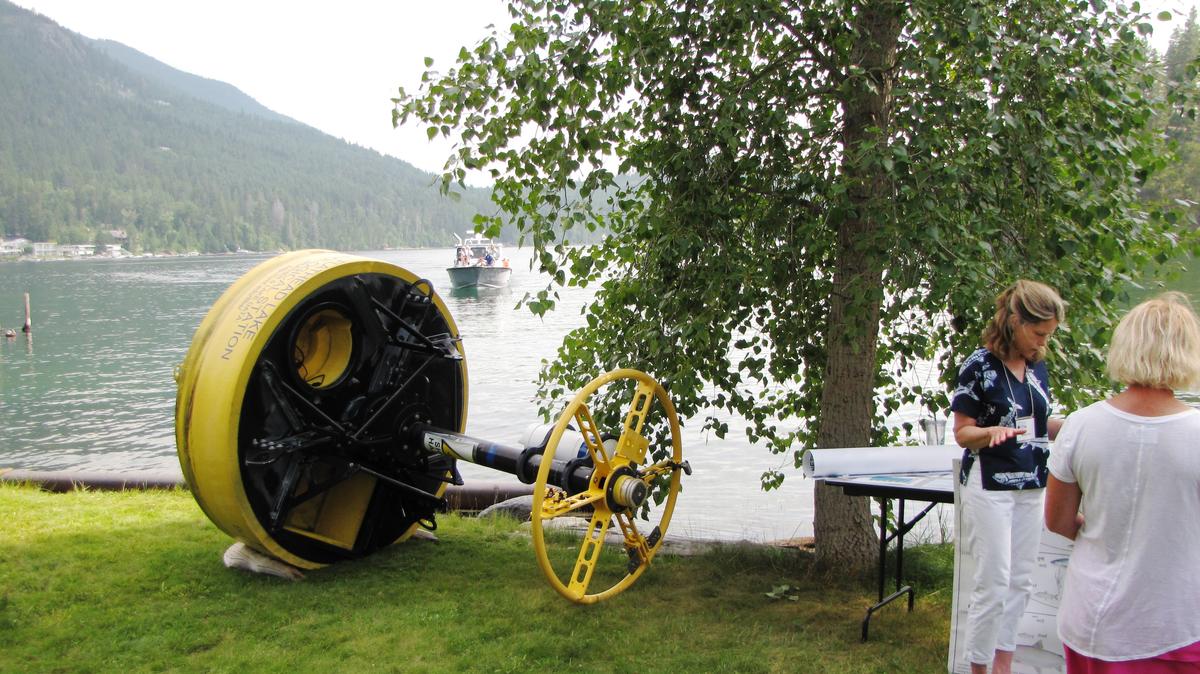

The Hungry Horse Reservoir is fed by the South Fork of the Flathead River. Under the cooperative management agreement between the Tribes and the State of Montana, thousands of acres on the Flathead Reservation are open to non-Tribal members for fishing and bird hunting on the Flathead Reservation. Can you fish on the Flathead Reservation? In the spring and early summer, whitewater is at its peak on the Middle Fork with Class III rapids. The Middle Fork forms the southern border of spectacular Glacier National Park. What class is Middle Fork Flathead River? There are also some rainbow trout, lake trout, and whitefish in the rivers. The Flathead River is one of the few fisheries for this type of fish. The Middle Fork of the Flathead River has excellent fishing with the unique Westslope cutthroat trout (a native fish of the Flathead River System) being the primary fish. This section of the Wild and Scenic Middle Fork of the Flathead River boasts a long season, great moderate whitewater, and beautiful scenery and water quality. Below Blakenship Bridge, depending on river flows, several small rapids that have large waves exist that can pose problems for canoes. The upper part of the Flathead River above Flathead Lake offers a relatively easy float. How deep is the Bitterroot river? Where can I float on the Flathead river? Study designs that combine epidemiologic and biological data will simultaneously inform public health education and biological control programs.4.3. More studies of human incidence and severity are needed to convince public health agencies to address this problem at recreational lakes. In sum, onset and severity of swimmer's itch are affected by how people interact with the lake, not by their demographic features.

Age and gender had no effect on incidence or severity. Episode severity increased with more time in the water and at the same locations.

Probability of an episode increased with more days of water use and at locations with onshore winds. Incidence of swimmer's itch was 6.8 episodes per 100 water-exposure days.

Minutes spent in the water, minutes in shallow water, location, time of day, preventive action, age, and gender were recorded for all residents and guests. Daily diaries about water exposures and swimmer's itch symptoms were completed by 40 riparian households at Douglas Lake, Michigan, for July 2000. This epidemiologic study reports incidence, severity, and risk factors of swimmer's itch (cercarial dermatitis).


 0 kommentar(er)
0 kommentar(er)
